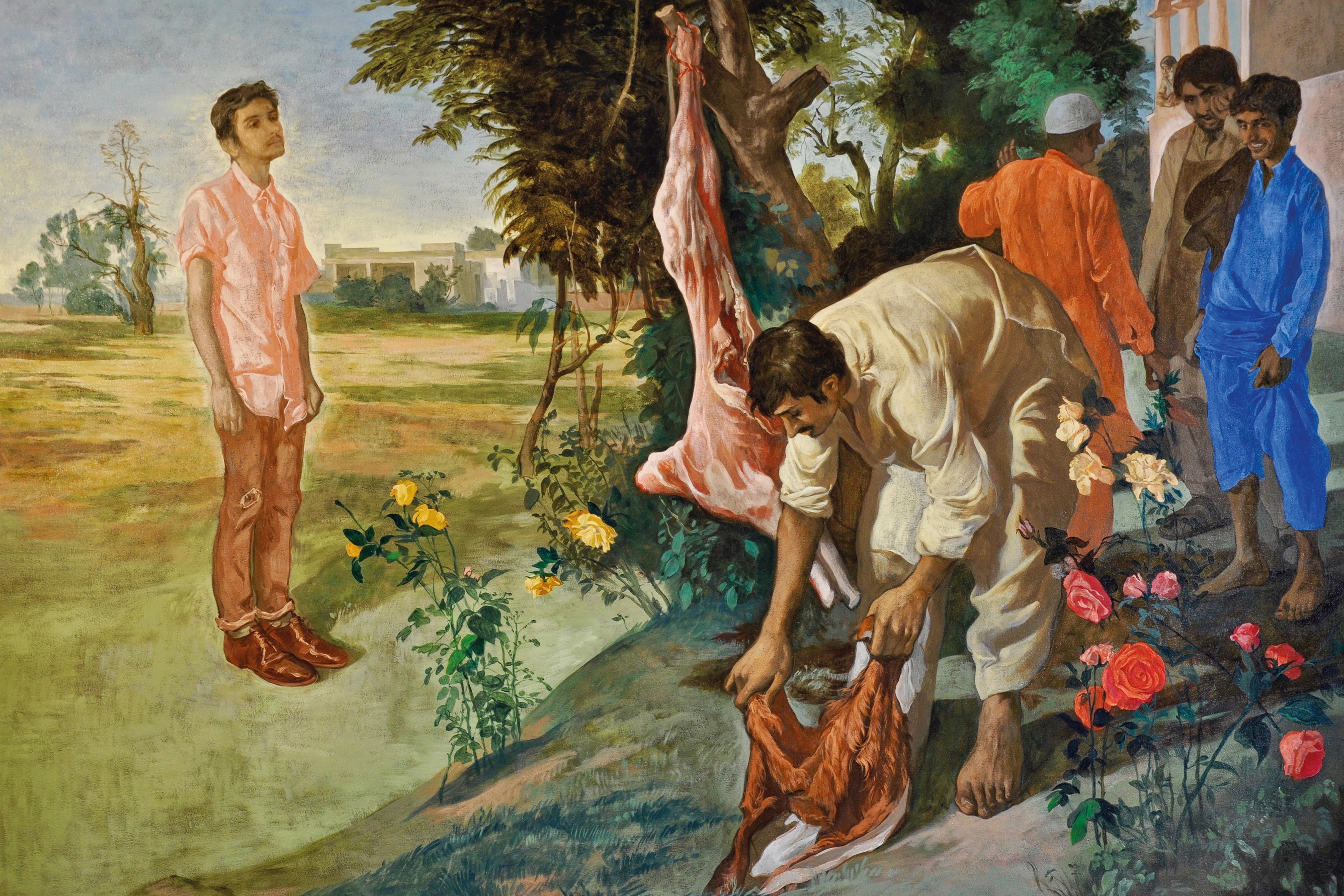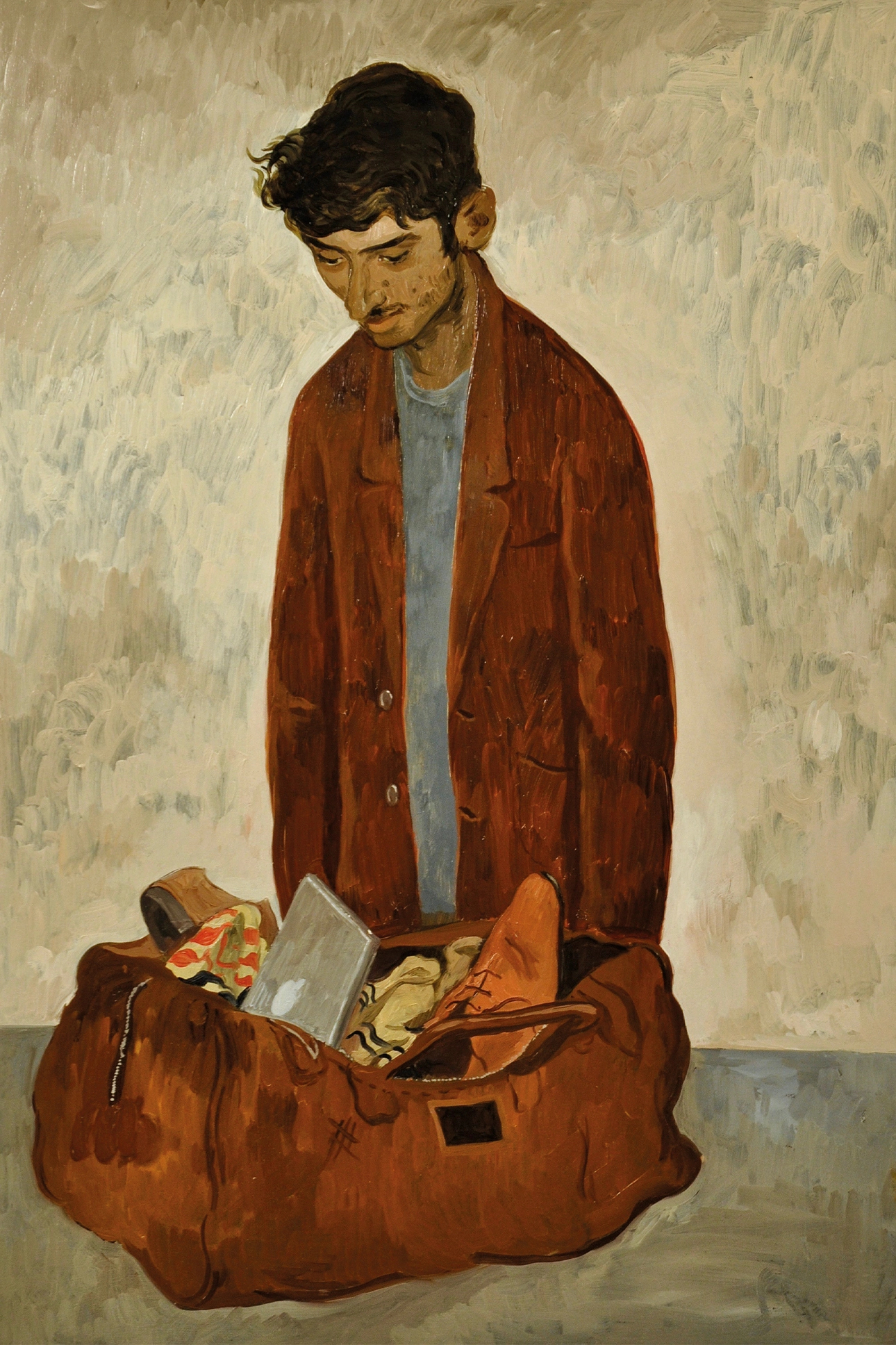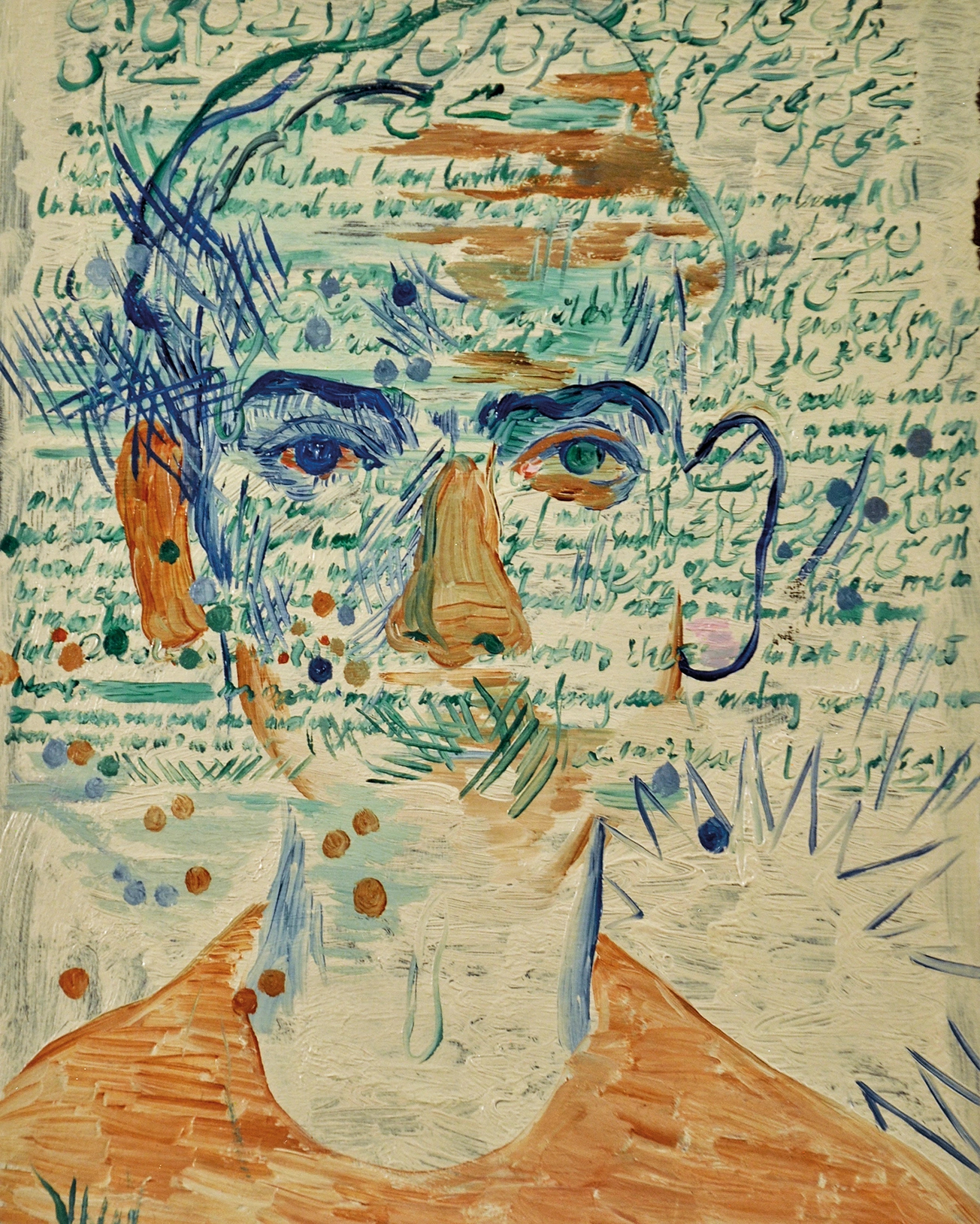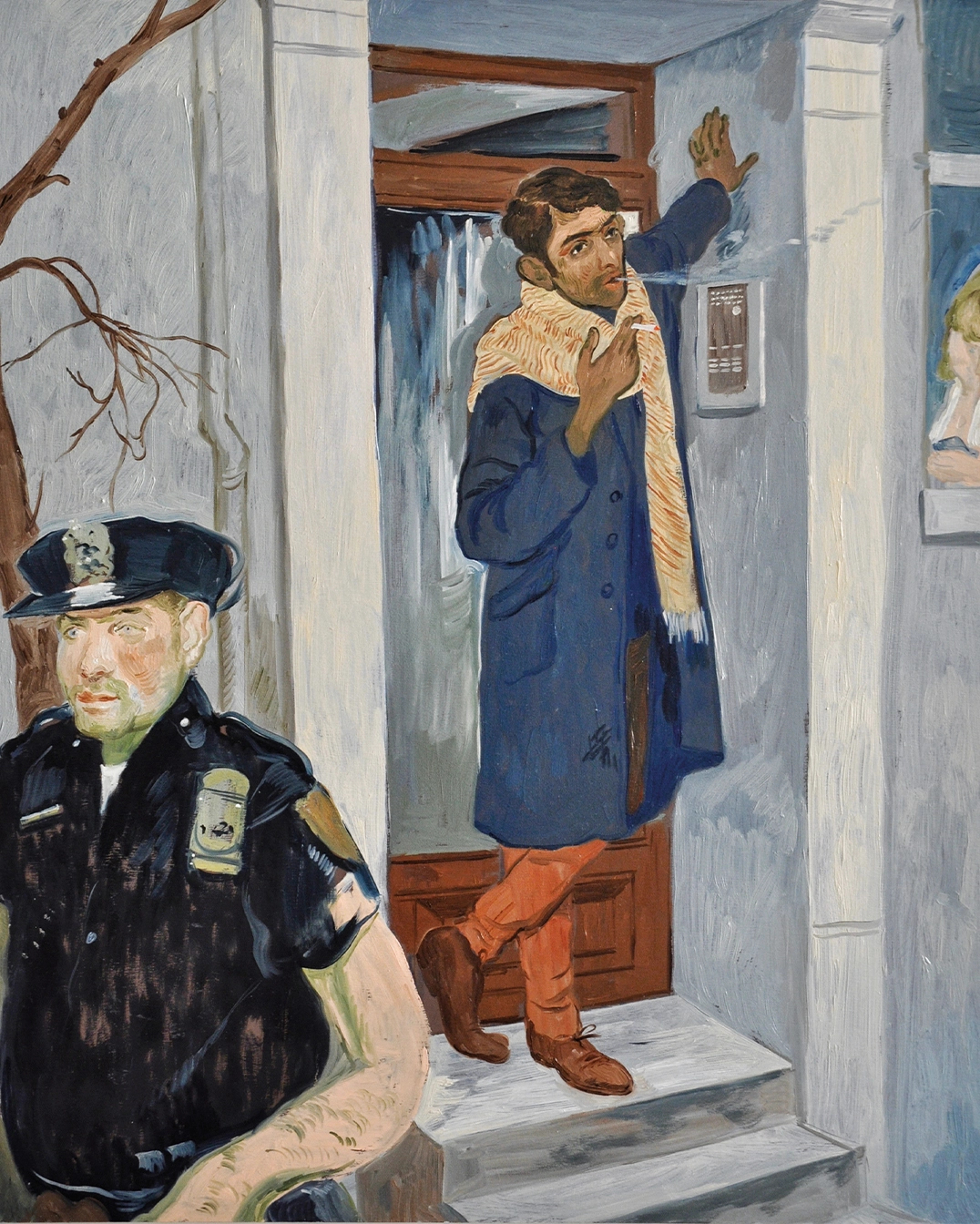Painting Beyond The Lines: Salman Toor
In the first part of our series spotlighting Pakistani artists, the 35-year-old who straddles two continents talks about his diverse portrayal of South Asian lives juxtaposed with issues of “queerness and brownness”
Salman Toor
Armed with a Master’s in fine arts from NYC’s Pratt Institute, this 35-year-old straddles two continents with his art, and considers it an achievement that he’s made “this dual life in New York City and Lahore” work for him. Inspired by pop culture, from both the Subcontinent and the Western world, Salman Toor enjoys painting “stories in picture-book style.” Usually working with oil paints on canvas or wooden panels, Toor looks to represent South Asians who, like him, are living a life that’s in between cultures. The pigeonholing of artists from South Asia being his greatest challenge, Toor hopes to portray both the ordinary and the unusual that is associated with his homeland in his works.
Creative Beginnings
“I started drawing when I was very young, and found it to be the most exquisite escape and means of invention. I represent stories of brown people living between two cultures, created using an illustrative — sometimes abstract — style of painting which has the potential to tell our stories and show our wishes, our sensuality and our bodies in art that is exhibited on a global scale.”
Early Influences
“Because I grew up in Lahore, I was exposed to the idea that miniature painting was a cliche since it was seen everywhere. However, I found inspiration in 16th- and 17th-century artists like Nainsukh, Bichitr and the child prodigy Abul Hasan in the employ of the Mughal emperor Jahangir. I used to have a fetish for light. I saw European painting as completely foreign, yet familiar. I grew up in my grandmother’s house, which was full of cheap prints of portraits by Thomas Gainsborough and even roundel paintings of the 17th-century painter Paul de Vos. These prints bring a kind of genteel element to many middle-class homes and in a sense I was trying to discover what that was. These white people in their frames absurdly stood like sentinels to the goings-on of a Lahori middle-class home with its tea, its servants, prayers and biases.”

Artistic Inspirations
“I find inspiration particularly in 16th- to 18th-century European paintings. I like the obvious stars of those art centuries like Peter Paul Rubens, Diego Velázquez and Johannes Vermeer, but I also respond to painters considered more “light” like Paolo Veronese and the Carracci brothers, as well as popular Italian and French painters like Pierre-Antoine Quillard, Pietro Longhi and Domenico Fetti. What I like about their pictures is that they’re so fresh and fun. They mix up tales of morality or portraiture and decoration.”
Traversing Themes
“I usually look to portray brownness and queerness in my art. Using my own experiences, I attempt to explore selves and perceptions that oscillate between “Potentially Dangerous Muslim Man” to “Queer And Harmless Cultural Ambassador”. I like to believe that I am illustrating a storybook for adults, adding to a repertoire of stories already in existence about South Asians at home and abroad, but my stories are more about the periphery and the unusual. I attempt to inject these new ideas into the slipstream of contemporary painting which has limited ideas about us.”

Portraying Pakistan
“My identity is certainly part of my art and I don’t find it to be a nagging responsibility. Rather, it comes quite naturally and I find it exciting. But I also make pictures and collages that have nothing to do with my identity or representation. As a principle, I follow my interests.”
Pakistani Art In A Global Sphere
“There is a greater interest in studying ways in which artists from Muslim cultures look at the world, and the ways in which this regional art bridges the gap between postmodern art movements that have occurred in the developed world. Pakistani art is now thought to be surprisingly sophisticated and occasionally obvious. This new interest is reflected in mid-career retrospective shows, and in the inclusion of Pakistani artists in biennials and triennials all over the world. As I write this, there is a Huma Bhabha sculpture on the rooftop of the MET Museum called We Come In Peace.”


Around Town
“I would tell visitors to go see the Lahore Fort, and the Badshahi Mosque. There’s also the Lahore Museum, galleries like Rohtas II, O Art Space Gallery and Canvas Gallery Karachi. But most of all I would recommend home-cooked desi food in Lahore. Outstanding.”
On The Wall At Home
“I have three or four very old paintings in my apartment. I’m surrounded by art all day, so I try to keep my personal space free of it. If I could own any painting it would be Velázquez’s Los Borrachos or The Drunkards. And I would also own a romantic scene by Jean-Antoine Watteau, perhaps The Scale of Love. Some contemporaries whose works I follow are Shahzia Sikander, Louis Fratino, Faiza Butt, Ali Kazim, Lynette Yiadom-Boakye, Kerry James Marshall, and Nicole Eisenman.”
Future Forward
“I will be showing at Nature Morte in New Delhi in December 2019. In the meantime, keep an eye out for my solo show at Aicon Gallery in New York City this October!”
Read Part 2 on Muhammad Zeeshan here.
Read Part 3 on Saqiba Suleman here.
Read Part 4 on Komail Aijazuddin here.